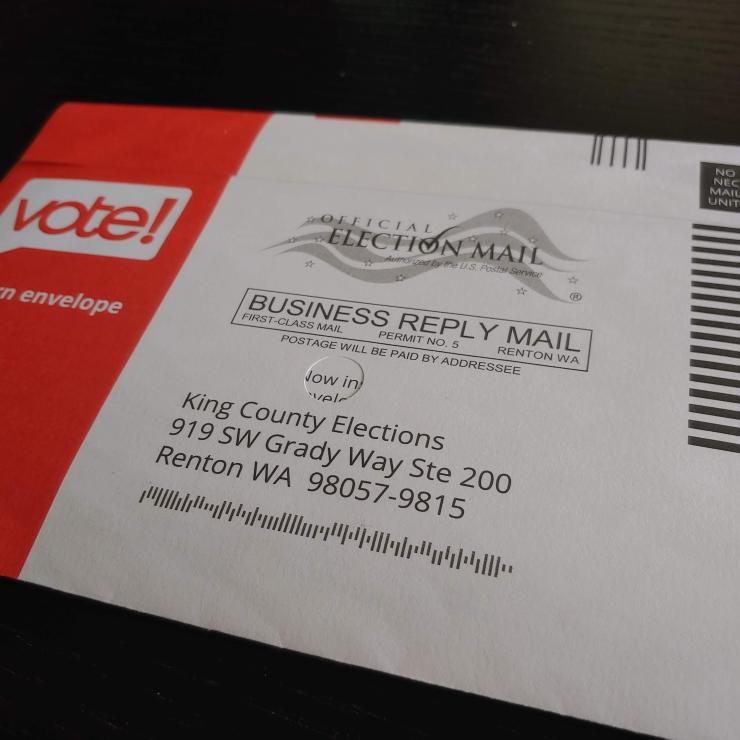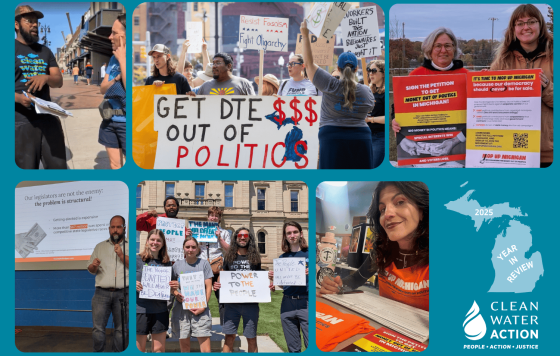
In early 2016 I was out with some colleagues and one of them said, “We elected Reagan twice, Trump could win.” I chuckled and said “OK, boomer” to myself.
Welp...
As my friend, Neil, recently wrote, everything we thought could happen under a Trump administration has. And then some.
So this year I’ve knocked wood. I’ve thrown the salt over my shoulder anytime someone has said “he can’t win, right?”. I’ve gone outside, turned around three times, and spat and cursed every time I’ve slipped up. I’ve even hoped for a bird to poop on my shoulder (it’s a good omen, look it up). And I work for an organization that will call 250,000 voters in states like Michigan and Pennsylvania between now and Election Day.
Yet I’m still nervous.
I’m nervous because the polls looked bad for Trump in 2016 too.
I’m nervous because Trump said and did things that would end anyone’s candidacy in 2016 too.
I’m nervous because the pandemic has made voting completely different this year and certain candidates and groups are doing everything they can to undermine confidence in the elections, especially mail in ballots.
It’s amazing that 17 million people have voted already this year and that states have expanded access to mail-in voting. It’s stunning that we’re on pace for tens of millions more votes in 2020 than 2016. But while the long lines at polling places certainly highlight huge interest and excitement, they are also indicative of a system that is badly in need of reform. No one should have to wait hours to vote.

To make it easier, we did the research and created a resource to help you figure out how to vote this year. Check it out, make a plan, and vote. Whether by mail, early in-person, or in-person on election day, just vote (and vote for Joe Biden and Kamala Harris).
This election is not going to look like any other we’ve been through. It’s going to take longer to count every vote and, barring a landslide, we’re probably not going to know who wins on November 3rd. Or 4th. Or 5th. The volume of mail-in votes is going to change what Election Day looks like. In fact, it’s probably better to start thinking in terms of “Election Week” or “Election Month” or “Election Season”.
And that’s OK. Because we must Count. Every. Vote.
The length of time that it will take to count every vote and the fact that the results are going to shift as those votes are counted is going to seem strange -- we’re used to knowing who has won by late on Election Day. And it’s going to present an opportunity for certain parties to question the result, cast doubt on the legitimacy of mail-in ballots, and sow confusion about the election.
We can’t let that happen. We have to educate ourselves and be ready to sniff our disinformation and avoid sharing misinformation. Because mis and dis information will be all around us, amplified by social media.
So here are a few tips:
- Make a list of trusted news sources and follow them on social media --the AP, Reuters, New York Times, 538.com all have good elections trackers and multiple reporters focused on the election.
- If a candidate declares victory on Election Night, check the AP and Reuters to see if they have called the race in question.
- Make sure you know where your state is reporting elections returns (usually the Secretary of State’s or the Elections Division’s websites) This is also where you can track your ballot to make sure it's counted.
- Take a moment to think before you post -- if you have any doubts at all, check out the story before you post or share with your family and friends.
- Check the source -- just because something is getting traction on social media doesn’t make it true. Make sure the news you’re sharing comes from a reliable source.
- Make sure what you’re reading and sharing is real. There are a lot of hoax and fake websites designed to look like real news sites.
- Know that some people are going to weaponize social media -- don’t take the bait. The best way to counter that is with verified news.
- Take a gut check -- if it doesn’t feel right, don’t share it.
- Most importantly -- give yourself permission to take a break. This could be a long, stressful slog. Turn off social media and turn on the cat/cute baby/dog/etc videos when you need to take a rest (Or just do what I do -- watch the West Wing two-parter 20 Hours in America for the 800th time.)
So, what can we do if someone is trying to sow chaos and disinformation? A lot.
- We can educate our friends and family so they know what to look for and don’t spread mis or dis information. And that they are ready to join us to demand that we count every vote.
- We can support our county officials as they work to count every vote.
- We can make sure our legislators are ready to act to protect our vote.
- And. we can get ready to get out in the streets, in a socially distanced, masked way, if we need to.
But first up, and most importantly, we have to vote. Vote like our lives depend on it. Because they do. Vote like the future depends on it. Because it does.
Right now I’m reminded of the chorus of one of my favorite songs this year:
“Can you hear that thunder? It’s the sound of strength in numbers.”
Let’s be that thunder.


